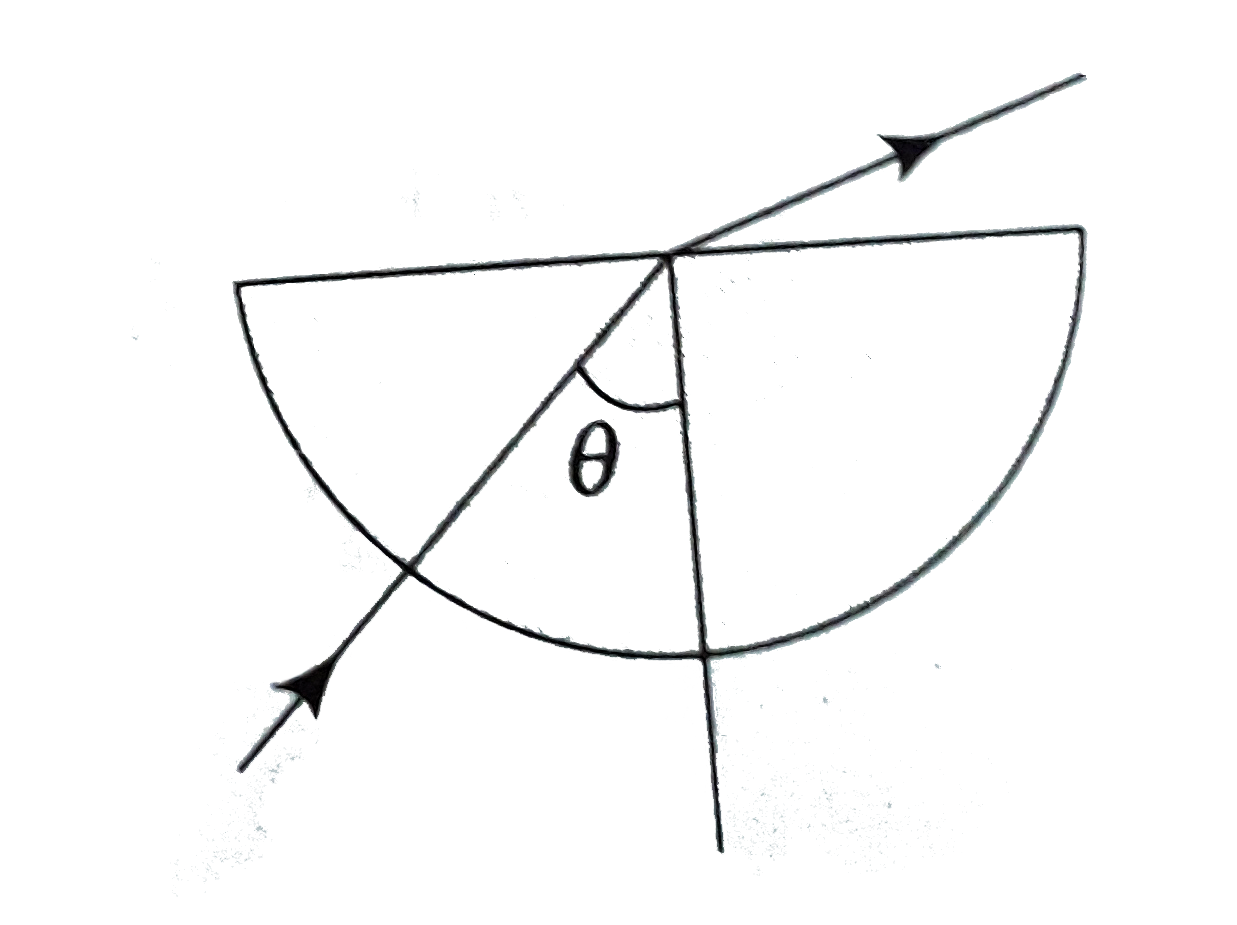Assertion : The increase in wavelength due to doppler effect is termed as red shift.
Reason : In red shift, a wavelength in the middle of the visible region of the spectrum moves towards the violet end of the spectrum.
If both assertion and reason are true and reason is the correct explanation of assertion.
If both assertion and reason are true but reason is not the correct explanation of assertion.
If assertion is true but reason is false.
If both assertion and reason are false.
The correct Answer is:C
To solve the assertion and reason question, we will evaluate both the assertion and the reason provided.
Step 1: Analyze the Assertion
The assertion states: "The increase in wavelength due to Doppler effect is termed as red shift."
- The Doppler effect refers to the change in frequency (and consequently wavelength) of a wave in relation to an observer moving relative to the source of the wave.
- When the source of light is moving away from the observer, the observed wavelength increases, which is referred to as "redshift." This is because red light has the longest wavelength in the visible spectrum, and thus, an increase in wavelength corresponds to a shift towards the red end of the spectrum.
Conclusion for Step 1: The assertion is true.
Step 2: Analyze the Reason
The reason states: "In red shift, a wavelength in the middle of the visible region of the spectrum moves towards the violet end of the spectrum."
- In reality, redshift implies that wavelengths are moving towards the red end of the spectrum, not the violet end. The violet end of the spectrum corresponds to shorter wavelengths, which is the opposite of what redshift indicates.
Conclusion for Step 2: The reason is false.
Step 3: Final Evaluation
Now we can summarize our findings:
- The assertion is true.
- The reason is false.
Thus, the correct conclusion is that the assertion is true, but the reason is false.
Final Answer
- Assertion: True
- Reason: False
The assertion states: "The increase in wavelength due to Doppler effect is termed as red shift."
- When the source of light is moving away from the observer, the observed wavelength increases, which is referred to as "redshift." This is because red light has the longest wavelength in the visible spectrum, and thus, an increase in wavelength corresponds to a shift towards the red end of the spectrum.
The reason states: "In red shift, a wavelength in the middle of the visible region of the spectrum moves towards the violet end of the spectrum."
Now we can summarize our findings:
- The assertion is true.
- The reason is false.
- Assertion: True
- Reason: False
Topper's Solved these Questions
- WAVE OPTICSBOOK - NCERT FINGERTPS ENGLISHCHAPTER - WAVE OPTICSEXERCISE - Huygens Principle
4 Videos
- WAVE OPTICSBOOK - NCERT FINGERTPS ENGLISHCHAPTER - WAVE OPTICSEXERCISE - Refraction And Reflection Of A Plane Waves Using Huygens Experiment
9 Videos
- WAVE OPTICSBOOK - NCERT FINGERTPS ENGLISHCHAPTER - WAVE OPTICSEXERCISE - NCERT EXEMPLAR PROBLEMS
5 Videos
- SEMICONDUCTOR ELECTRONICS : MATERIALS , DEVICES AND SIMPLE CIRCUITS BOOK - NCERT FINGERTPS ENGLISHCHAPTER - SEMICONDUCTOR ELECTRONICS : MATERIALS , DEVICES AND SIMPLE CIRCUITS EXERCISE - Assertion And Reason
15 Videos
Similar Questions
Name the region just beyond (i) the red end, and (ii) the violet end, of the spectrum.
View SolutionState the name and the range of wavelength of the invisible electromagnetic waves beyond the red end of the visible spectrum
View SolutionIn the context of Doppler effect in light, the term red shift signifies
View SolutionName three radiations and their wavelength range which are invisible and beyond the violet end of the visible spectrum.
View SolutionAs the wavelength in increased form violet to red, the luminosity
View SolutionAssertion : Sky is maximum red in morning
Reason : Smallest wavelength scatter maximum
View SolutionSuppose that in any Bohr atom or ion orbits are only in even number like 2, 4, 6……. The maximum wavelength of radiation emitted in the visible region of gydrogen spectrum should be,
View SolutionStatement I: A beam of white light enters the curved surface of a semicircular piece of glass along the normal. The imcoming beam is moved clockwise (so that the angle θ increases), such that the beam always enters along th enormal to the curved side. Just before the refracted beam disappears, it becomes predominantly red.
Statement II: The index of refraction for light at the red end of the visible spectrum is more than at the violet end.

View SolutionAssertion :The spectral series 'Blamer' of the of the hydrogen atom lies in the visible region of the electromagnetic spetrum
Reason :Wavelength of light in the visible region lies in the range of 400 nm to 700 nm
View SolutionCalculate the shortest wavelength in the Balmer series of hydrogen atom. In which region ( infrea-red, visible, ultraviolet) of hydrogen spectrum does this wavelength lie ?
View Solution
